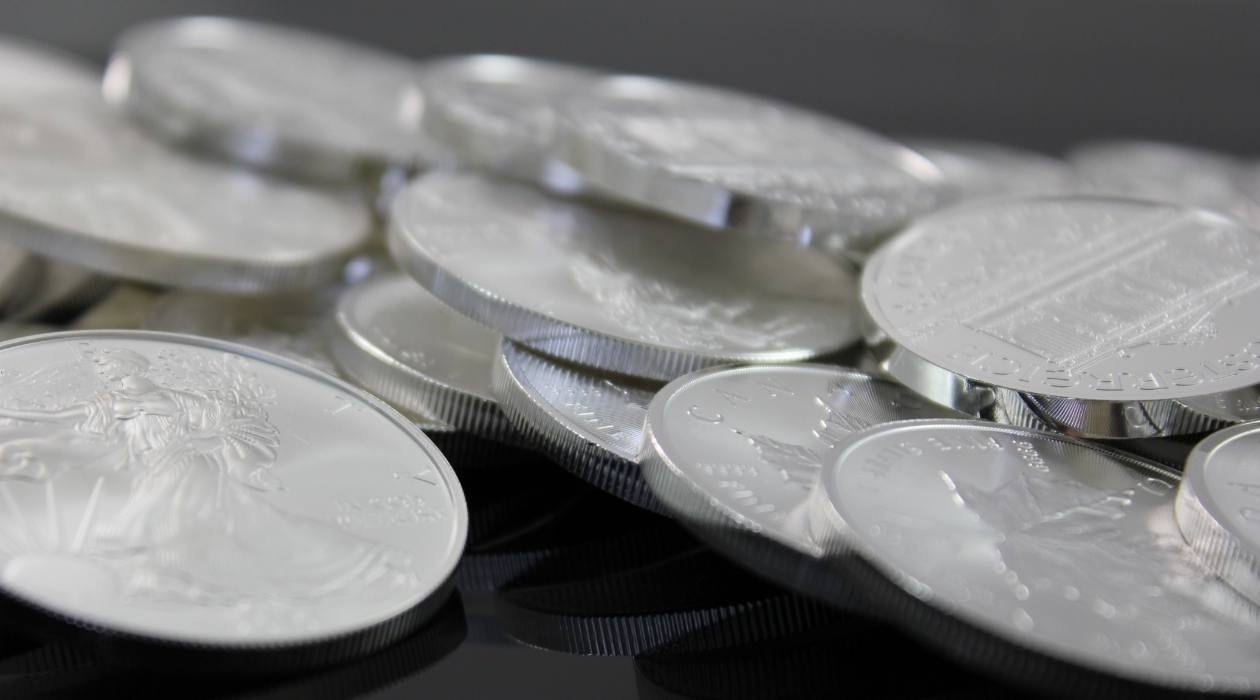

Articles
How To Store Silver
Modified: January 6, 2024
Learn how to store silver articles properly to protect their shine and prevent tarnishing. Follow our expert tips and keep your silver items in pristine condition.
(Many of the links in this article redirect to a specific reviewed product. Your purchase of these products through affiliate links helps to generate commission for Storables.com, at no extra cost. Learn more)
Introduction
Welcome to the fascinating world of silver storage! Whether you are a collector of silver coins or have inherited a beautiful set of silverware, it is important to understand the best practices for storing silver. Proper storage not only helps to preserve the metal’s shine and beauty but also protects it from tarnish and potential damage. In this article, we will explore why proper storage is important, the factors to consider before storing silver, the best practices for storage, and the different options available for storing your precious silver items.
Silver is a precious metal prized for its beauty, durability, and value. It has been used for centuries to create exquisite jewelry, cutlery, and decorative objects. However, silver is prone to tarnishing when exposed to air, moisture, and certain chemicals. Tarnish, a thin layer of corrosion that forms on the surface of silver, can affect its appearance and reduce its value over time. Therefore, storing silver in the right conditions is crucial to maintain its luster and extend its lifespan.
Before diving into the specifics of silver storage, there are a few important factors to consider. First, you need to assess the quantity and types of silver items you have. Are you storing a few silver coins or an entire collection? Do you have delicate silver jewelry or bulky silverware? Understanding the nature of your silver items will help you determine the appropriate storage options.
The second factor to consider is the environment in which you live. Climate and humidity levels can affect the rate of tarnish on silver. High humidity environments, such as coastal areas, can accelerate tarnishing. Likewise, extreme temperature fluctuations can cause silver to expand and contract, potentially leading to cracks or damage. It is important to take these factors into account when deciding on the storage location for your silver.
Now that we have covered the basics, let’s delve into the best practices for storing silver. In the next section, we will explore the different options available, including storing silver at home, using a safe deposit box, and utilizing professional storage facilities. Each option has its own advantages and considerations, so stay tuned to find the best fit for your silver storage needs!
Key Takeaways:
- Proper storage is crucial for preserving the beauty and value of silver items, preventing tarnish, physical damage, and maintaining their long-term value and accessibility.
- Factors to consider before storing silver include the quantity and types of items, environmental factors, accessibility, security, space availability, and budget. Each item requires unique storage solutions for optimal preservation.
Read more: How To Store Silver Bars
Why is Proper Storage Important for Silver?
Proper storage is crucial for preserving the beauty and value of your silver items. Here are a few reasons why it is important to store silver correctly:
- Preventing tarnish: Silver is prone to tarnish, which is a natural process of oxidation that occurs when silver comes into contact with air and certain chemicals. Tarnish can dull the surface of silver, making it less appealing and reducing its value. By storing silver in a controlled environment, you can minimize its exposure to air and moisture, thereby reducing the risk of tarnish.
- Protecting against physical damage: Silver items, particularly delicate ones like jewelry and fine silverware, can be vulnerable to scratches, dents, or other physical damage. Proper storage helps protect these items by providing a safe and secure space where they won’t be accidentally bumped or scratched.
- Maintaining value: Silver items hold both sentimental and monetary value. Whether you have inherited a family heirloom or invested in silver coins, maintaining their value is important. By storing silver properly, you can help preserve its condition, ensuring that it retains its beauty and worth over time. This can be especially important if you plan to sell or pass down your silver items in the future.
- Organized accessibility: Storing your silver items in a systematic and organized manner ensures easy accessibility. When properly organized, you can quickly locate and retrieve specific items without any hassle. It also minimizes the risk of mishandling or damaging other items while searching for a particular piece.
- Long-term preservation: Silver items are often intended to be long-term investments or cherished heirlooms. By storing silver properly, you can ensure their longevity. Proper storage methods help shield silver from environmental factors that can accelerate deterioration or damage, ultimately extending the lifespan of your silver pieces.
Remember, the right storage conditions are key to the preservation and longevity of your silver items. By taking the necessary precautions and following best practices for storage, you can enjoy your silver’s beauty and value for years to come.
Factors to Consider Before Storing Silver
Before stowing away your precious silver items, there are several important factors to consider. Understanding these factors will help you make informed decisions about the best storage options for your silver. Let’s explore them in more detail:
- Quantity and types of silver items: Assess the quantity and types of silver items you have. Are you storing a few silver coins or an entire collection? Do you have delicate silver jewelry or bulky silverware? Different types of silver items may require different storage solutions, so it’s important to consider their specific characteristics and storage needs.
- Environmental factors: Climate and humidity levels play a significant role in silver tarnishing. High humidity environments, such as coastal areas, can accelerate tarnish formation on silver. Extreme temperature fluctuations can also be detrimental to silver, causing it to expand and contract, potentially leading to damage. Consider the climate and humidity levels of your location when determining the storage conditions for your silver.
- Accessibility: Consider how frequently you will need access to your silver items. If you have items that you use or display regularly, you may want to store them in a more accessible location. On the other hand, if you have silver items that you rarely use or are purely for investment purposes, you may opt for long-term storage solutions with less frequent access.
- Security: Silver items are often valuable and can be targets for theft. Evaluate the security of your storage options. If you have valuable silver items, you might want to consider a storage solution with enhanced security measures such as alarmed storage units or monitored facilities.
- Space availability: Determine the amount of space you have available for storing your silver. If you have limited space, you may need to prioritize and choose storage options that maximize efficiency and make the most of the available space. Conversely, if you have ample space, you can explore different storage methods that allow for more flexibility and organization.
- Budget: Consider your budget when selecting storage options for your silver. Some storage solutions, such as professional storage facilities, may come with additional costs. Evaluate your budget and choose storage options that align with your financial resources.
By carefully considering these factors, you can make well-informed decisions about the most suitable storage methods for your silver items. Remember, each silver item is unique and may have specific storage requirements, so it is essential to assess these factors on an item-by-item basis for optimal preservation and protection.
Best Practices for Storing Silver
When it comes to storing silver, following best practices ensures the longevity and preservation of your precious items. Here are some essential tips to keep in mind:
- Clean and polish: Before storing your silver, make sure it is clean and free from any dirt or fingerprints. Use a gentle silver polish to remove tarnish and restore its shine. Avoid using abrasive cleaners or harsh chemicals that can damage the surface of the silver. Once polished, ensure the silver is completely dry before proceeding with storage.
- Prevent exposure to air and moisture: Air and moisture are the primary culprits for tarnishing silver. To minimize exposure, store your silver in airtight containers or bags specially designed for silver storage. These containers create a barrier against air and moisture, helping to maintain the silver’s shine and prevent tarnishing.
- Use anti-tarnish materials: Incorporate anti-tarnish materials, such as anti-tarnish strips or silica gel packets, in your storage containers. These materials absorb moisture and release anti-tarnish agents, creating a protective environment that inhibits tarnish formation. Place the anti-tarnish material in close proximity to the silver items for maximum effectiveness.
- Avoid direct contact with certain materials: Some materials can react with silver and cause damage or accelerate tarnishing. Avoid storing silver items directly on wood surfaces or in contact with rubber or plastic materials. These materials can contain sulfur compounds that can tarnish silver. Instead, use acid-free tissue paper or cloth to wrap your silver items before storage.
- Control temperature and humidity: Silver is sensitive to extreme temperature fluctuations and high humidity levels. Store your silver in a location with stable temperature and humidity conditions. Avoid areas with excessive moisture, such as basements or attics, as they can promote tarnish formation. Ideal storage locations include temperature-controlled rooms or cabinets with a humidity level of around 50%.
- Handle with care: When handling silver, avoid touching the surface directly with your fingers. The oils and acids on your skin can leave residue and accelerate tarnish. Wear clean cotton gloves or hold the silver items by the edges to minimize contact. Additionally, be cautious of dropping or mishandling silver items, as this can lead to dents or scratches.
- Regularly inspect and maintain: Periodically check your stored silver items for any signs of tarnish or damage. If you notice tarnish starting to form, promptly clean and polish the silver. Regular maintenance helps preserve the beauty and value of your silver items and prevents tarnish from spreading or becoming more stubborn to remove.
By following these best practices, you can ensure that your silver items remain in pristine condition and retain their beauty for years to come. Implementing a proper storage routine will not only protect your investment but also allow you to enjoy and showcase your silver items with pride.
Option 1: Storing Silver at Home
Storing silver at home provides convenience and easy accessibility to your precious items. However, it is essential to take the necessary precautions to ensure proper storage. Here are some guidelines for storing silver at home:
- Select a suitable storage location: Choose a location in your home that provides optimal conditions for storing silver. Avoid areas that are prone to temperature fluctuations, high humidity, or direct sunlight. Ideal storage locations include cool, dry rooms such as a closet or a dedicated cabinet.
- Use protective storage containers: Invest in high-quality storage containers or wrapping materials designed specifically for silver. Use acid-free tissue paper or cloth to wrap individual silver items to prevent contact with other materials or each other. This prevents scratches and minimizes the risk of tarnish formation.
- Consider using a silver chest or chest liner: A silver chest provides an extra layer of protection against air and moisture. Look for a chest made of untreated wood, as some types of wood contain chemicals that can tarnish silver. Alternatively, you can consider using a chest liner made from tarnish-resistant fabric.
- Incorporate anti-tarnish materials: Place anti-tarnish strips or silica gel packets inside the storage containers or chest. These materials help absorb moisture and release anti-tarnish agents, creating an environment that inhibits tarnish formation on silver.
- Organize and label your storage: Keep your silver items organized and easily accessible by grouping them based on type or usage. Label the storage containers or shelves to help you quickly locate specific items without causing unnecessary handling or searching.
- Regularly inspect and maintain: Check your stored silver items periodically for any signs of tarnish or damage. If necessary, clean and polish the silver to maintain its shine and prevent tarnish from spreading. Regular maintenance helps ensure the longevity and beauty of your silver items.
Storing silver at home allows you to have direct control over the storage conditions and easy access to your precious items. By following these best practices, you can safely store and protect your silver while enjoying the convenience of having it within your reach whenever you desire.
Store silver in a cool, dry place away from direct sunlight to prevent tarnishing. Use airtight containers or anti-tarnish bags to protect it from exposure to air and moisture. Avoid storing silver near rubber bands or wool, as they can cause tarnishing.
Read more: How To Store Sterling Silver
Option 2: Using a Safe Deposit Box
Using a safe deposit box is a popular choice for storing valuable items like silver. Safe deposit boxes are typically available at banks and provide a secure and controlled environment for your precious belongings. Here are some key considerations when opting for a safe deposit box:
- Assess the size of the safe deposit box: Determine the appropriate size of the box based on the quantity and size of your silver items. It’s important to choose a size that provides enough space to store your items comfortably without crowding or damaging them.
- Research and choose a reputable bank: Research different banks in your area that offer safe deposit boxes. Look for reputable institutions with strong security measures and a track record of customer satisfaction. Ensure that the bank you choose has a reliable record of safe deposit box management and maintenance.
- Consider accessibility: Evaluate the bank’s operating hours and accessibility policies. Determine whether the bank’s hours of operation align with your needs and whether you can access your safe deposit box in case of emergencies or time-sensitive requirements.
- Implement proper packaging and protection: Before placing your silver items in the safe deposit box, ensure they are clean and properly packaged. Use acid-free tissue paper or cloth to wrap each item individually to prevent scratching and minimize the risk of tarnish. Consider using airtight containers or zippered bags to add an extra layer of protection.
- Create an inventory and keep records: Keep a detailed inventory of the items you store in the safe deposit box. Include descriptions, photographs, and estimated values. This inventory will not only help you keep track of your silver but also serve as documentation for insurance purposes.
- Communicate with your bank: Inform the bank about the nature of your stored items. Discuss any specific requirements or concerns regarding the storage of silver. It’s important to establish open communication with the bank to address any questions or issues that may arise.
- Review your insurance coverage: Check your insurance policy to determine if it covers the contents of your safe deposit box. If not, consider obtaining separate insurance coverage for your stored silver items to mitigate any potential loss or damage.
A safe deposit box can provide an extra layer of security and peace of mind for your silver items. By following these guidelines and working closely with your bank, you can ensure that your silver is stored in a protected and controlled environment, safeguarding its value and beauty for years to come.
Option 3: Professional Storage Facilities
Professional storage facilities offer a specialized and secure environment for storing valuable items like silver. These facilities are equipped with advanced security measures and controlled storage conditions to ensure the preservation and protection of your precious belongings. Here are some considerations when opting for a professional storage facility:
- Research and choose a reputable storage facility: Research different storage facilities in your area that specialize in storing valuable items. Look for reputable facilities that have a strong security infrastructure, including surveillance cameras, alarm systems, and restricted access. Read reviews and visit the facility in person to assess its physical security measures.
- Consider storage options and requirements: Determine if the storage facility offers specialized storage units specifically designed for silver storage. Look for features such as climate control, fire-resistant materials, and individual locking mechanisms. These features help maintain optimal storage conditions and enhance the security of your silver items.
- Evaluate accessibility and convenience: Consider the accessibility options provided by the storage facility. Assess their operating hours, access policies, and convenience of location. It’s important to choose a facility that allows you to access your silver items when needed while providing a secure and controlled environment for storage.
- Review insurance coverage: Inquire about the insurance coverage provided by the storage facility. Ensure that your silver items are adequately covered in case of theft, damage, or loss. If the facility’s insurance coverage is not sufficient, consider obtaining separate insurance for your stored silver items to provide additional protection.
- Properly package and label your silver items: Before storing your silver in the facility, ensure that each item is clean and properly packaged. Use acid-free tissue paper or cloth to wrap each item individually to prevent scratching and minimize the risk of tarnish. Label the packaging to easily identify and locate specific items when necessary.
- Keep a detailed inventory and records: Maintain a comprehensive inventory of the silver items you store in the facility. Include detailed descriptions, photographs, and estimated values. This inventory will serve as documentation for insurance purposes and help you keep track of your silver collection.
- Communicate with the storage facility: Establish open communication with the storage facility staff. Inform them about the nature and specific requirements of your silver items. Discuss any concerns or special arrangements you may have regarding the storage and access to your items.
Professional storage facilities provide a secure and controlled environment to protect and preserve your valuable silver items. By selecting a reputable facility and following these guidelines, you can ensure that your silver remains safely stored and easily accessible whenever you need it.
Common Mistakes to Avoid when Storing Silver
When it comes to storing silver, it’s important to avoid common mistakes that can lead to tarnish, damage, or loss of your precious items. By being aware of these mistakes and taking the necessary precautions, you can ensure the long-lasting beauty and value of your silver. Here are some common mistakes to avoid:
- Not cleaning silver before storage: Failing to clean your silver items before storing them can lead to the accumulation of dirt, oils, and residue, which can accelerate tarnish formation. Make sure to clean and polish your silver items thoroughly before storing them to remove any impurities.
- Using improper storage materials: Avoid using materials that can react with silver or promote tarnish formation. Avoid storing silver directly on wood surfaces or in contact with rubber or plastic materials, as these can contain sulfur compounds that can tarnish silver. Instead, opt for acid-free tissue paper or cloth to wrap your silver items before storage.
- Exposing silver to air and moisture: Air and moisture are the primary factors that cause tarnish on silver. It’s essential to store silver in airtight containers or bags specially designed for silver storage that create a barrier against air and moisture. This will help minimize exposure and keep your silver items protected.
- Storing silver in fluctuating temperatures: Extreme temperature fluctuations can cause silver to expand and contract, leading to damage or cracks. Avoid storing silver in areas that experience significant temperature variations, such as attics or basements. Instead, choose a cool and stable environment for your silver storage.
- Handling silver with bare hands: The natural oils and acids on your skin can leave residue on silver, accelerating tarnish formation. Always use clean cotton gloves or hold silver items by the edges to avoid direct contact. This will help keep your silver items clean and minimize the risk of tarnish.
- Not regularly checking stored silver: Failing to periodically inspect your stored silver items can lead to the spread of tarnish or unnoticed damage. Regularly check your stored silver for any signs of tarnish, scratches, or other issues. If necessary, clean and polish the silver to maintain its shine and protect its value.
- Not adequately documenting your silver: Keeping a detailed inventory and records of your silver items is essential for insurance purposes and to keep track of your collection. Include descriptions, photographs, and estimated values in your inventory to facilitate identification and evaluation of your silver items.
- Not reviewing insurance coverage: Failing to review your insurance policy to ensure coverage for your stored silver items can leave you vulnerable to potential loss or damage. Make sure that your insurance policy adequately covers the value of your silver and consider obtaining additional coverage if necessary.
By avoiding these common mistakes and following the best practices for silver storage, you can keep your silver items in pristine condition and enjoy their beauty and value for many years to come.
Conclusion
Proper storage is essential for maintaining the beauty, value, and longevity of your silver items. Whether you are storing silver coins, jewelry, or heirloom silverware, taking the necessary precautions ensures that your precious pieces remain in pristine condition. Throughout this article, we explored the reasons why proper storage is important, the factors to consider before storing silver, the best practices for storage, and the various options available.
Remember, when it comes to storing silver, cleanliness is key. Before storing your items, ensure that they are properly cleaned and polished to remove any dirt or residue that can accelerate tarnish formation. Use suitable storage materials such as acid-free tissue paper or cloth to protect your silver from scratches and contact with materials that can cause tarnish.
Consider the environmental factors at play, such as temperature, humidity, and exposure to air and moisture. Choose a storage location that offers stable conditions, minimizing fluctuations that can damage or tarnish your silver items. Additionally, be mindful of how you handle your silver, using gloves or holding items by the edges to avoid leaving oils or acid residue that can harm the metal.
There are several options for storing silver, including storing it at home, utilizing a safe deposit box, or opting for a professional storage facility. Each option comes with its own advantages and considerations, so it’s important to evaluate your specific needs and requirements before making a decision.
Lastly, be cautious of common mistakes that can compromise the condition of your silver, such as neglecting to regularly check stored items, not properly documenting your silver collection, or failing to review insurance coverage. By avoiding these mistakes and following the best practices outlined in this article, you can ensure that your silver remains well-preserved and protected for generations to come.
So, take the time to assess your silver items, choose the appropriate storage method, and implement the best practices. By doing so, you can safeguard your investment, maintain the beauty of your silver, and continue to enjoy the timeless elegance it brings to your life.
Frequently Asked Questions about How To Store Silver
Was this page helpful?
At Storables.com, we guarantee accurate and reliable information. Our content, validated by Expert Board Contributors, is crafted following stringent Editorial Policies. We're committed to providing you with well-researched, expert-backed insights for all your informational needs.
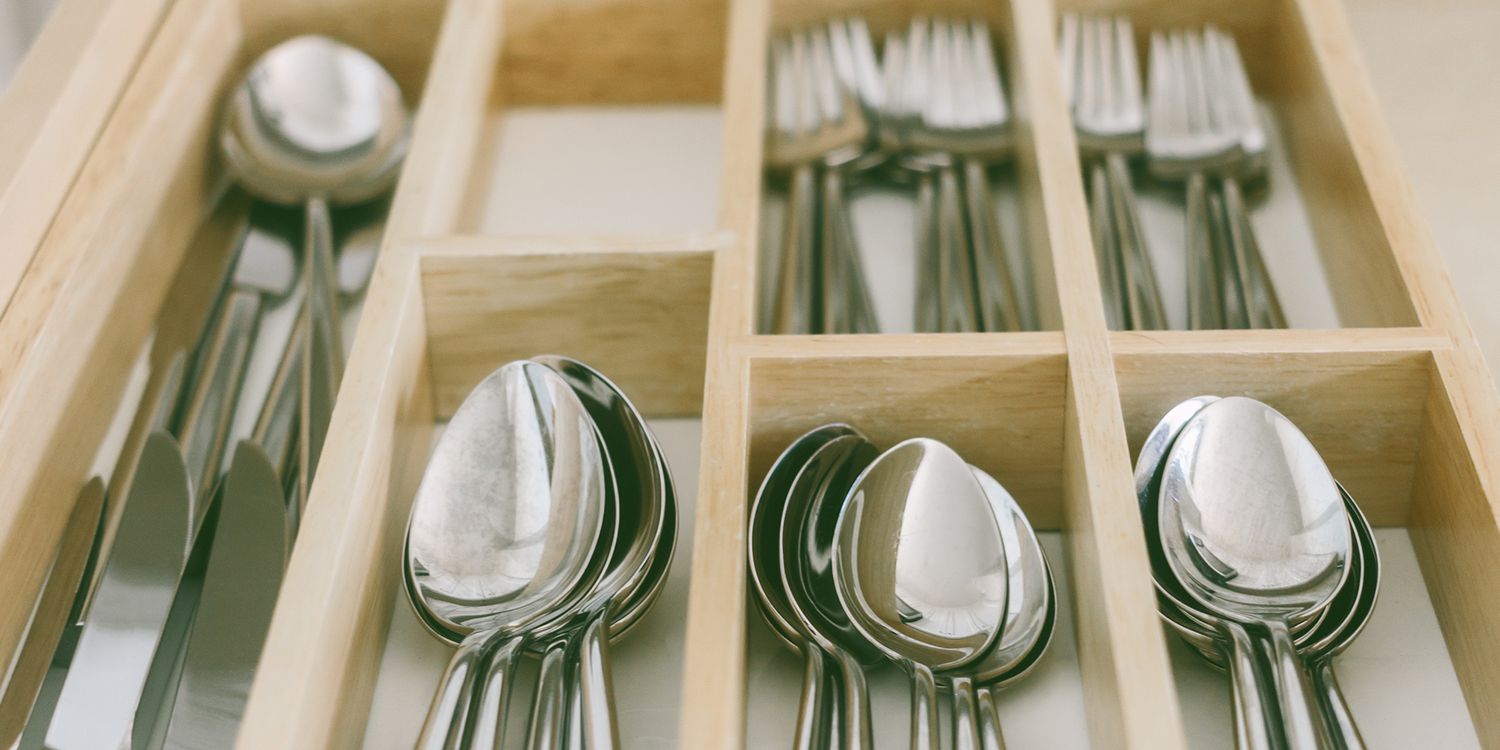
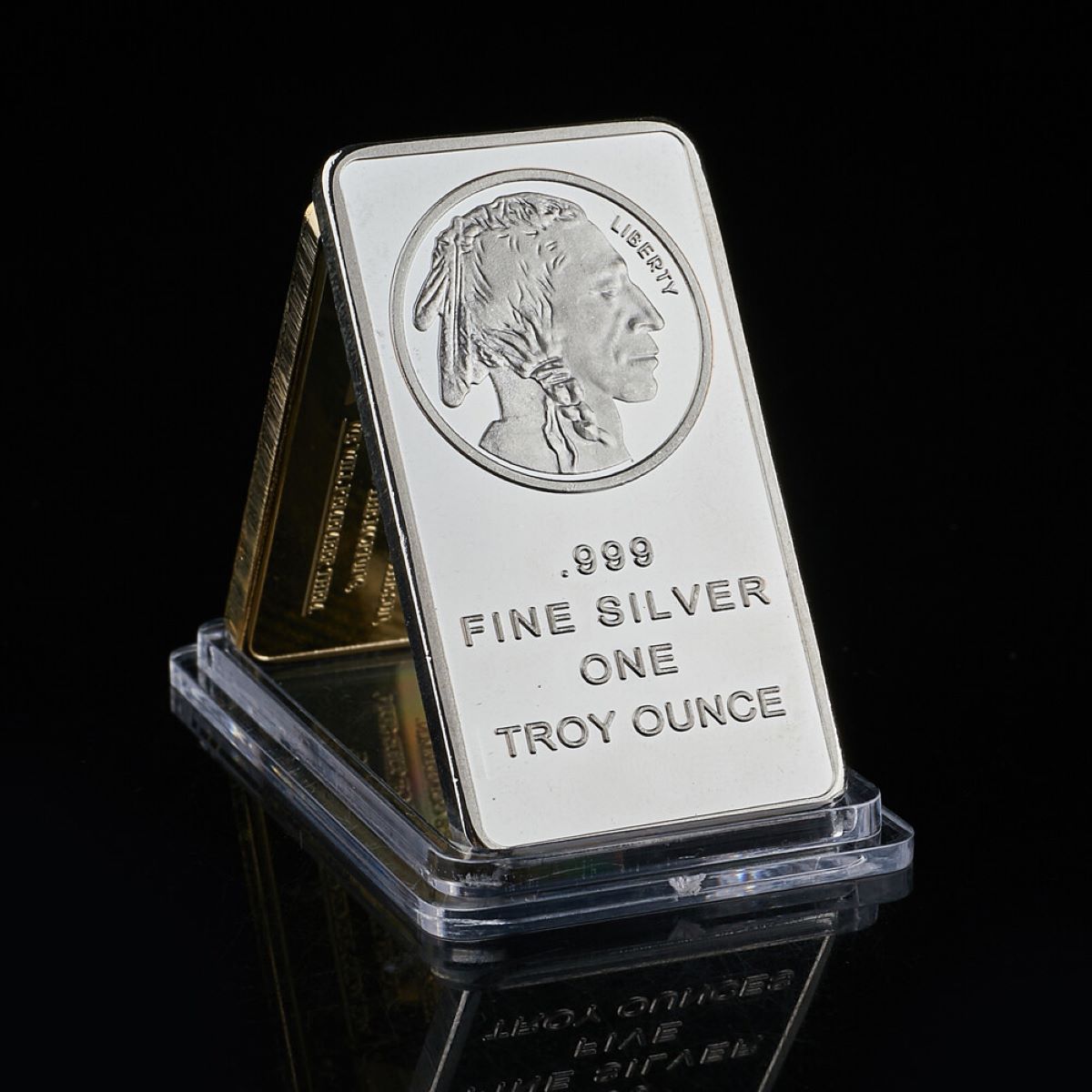
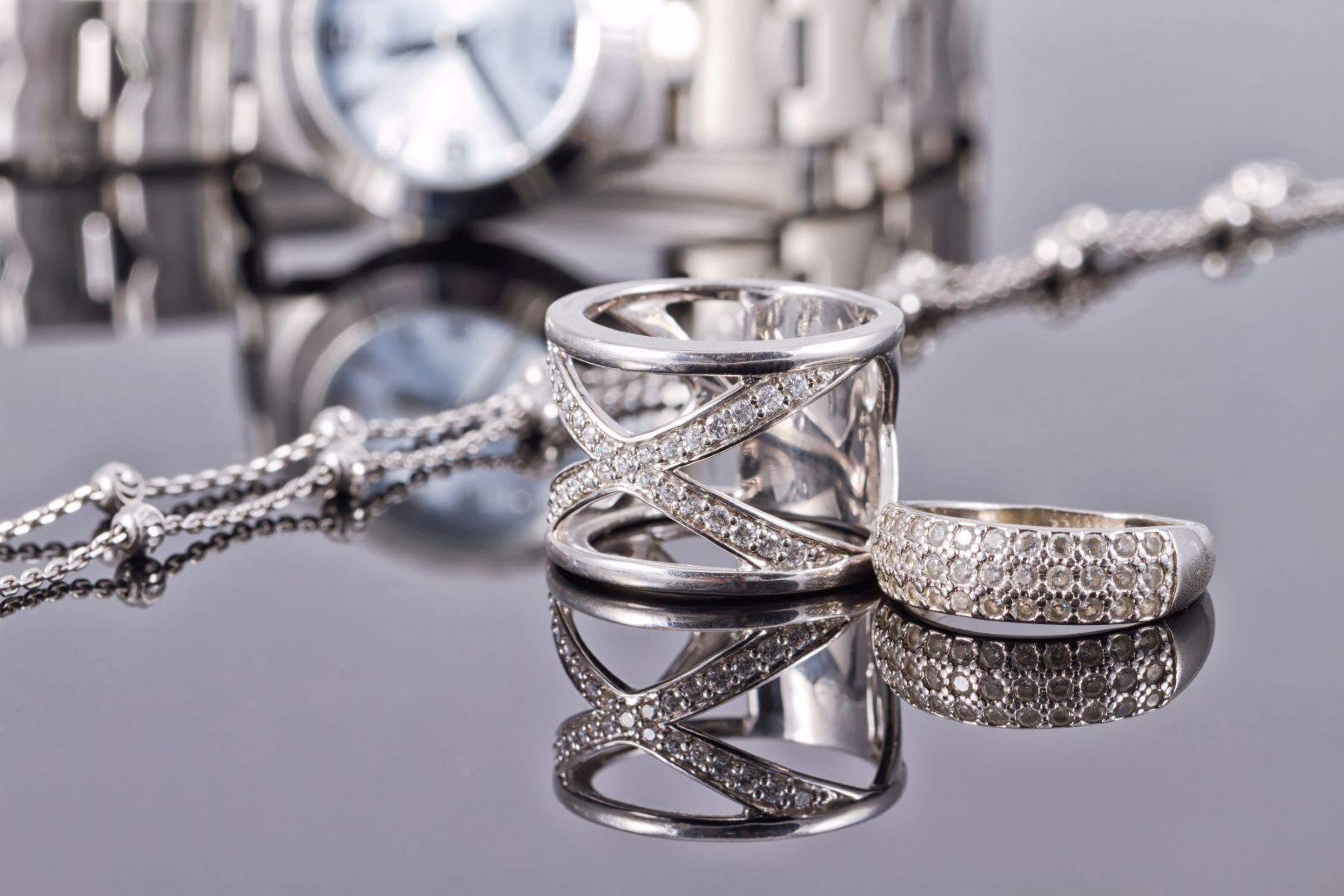
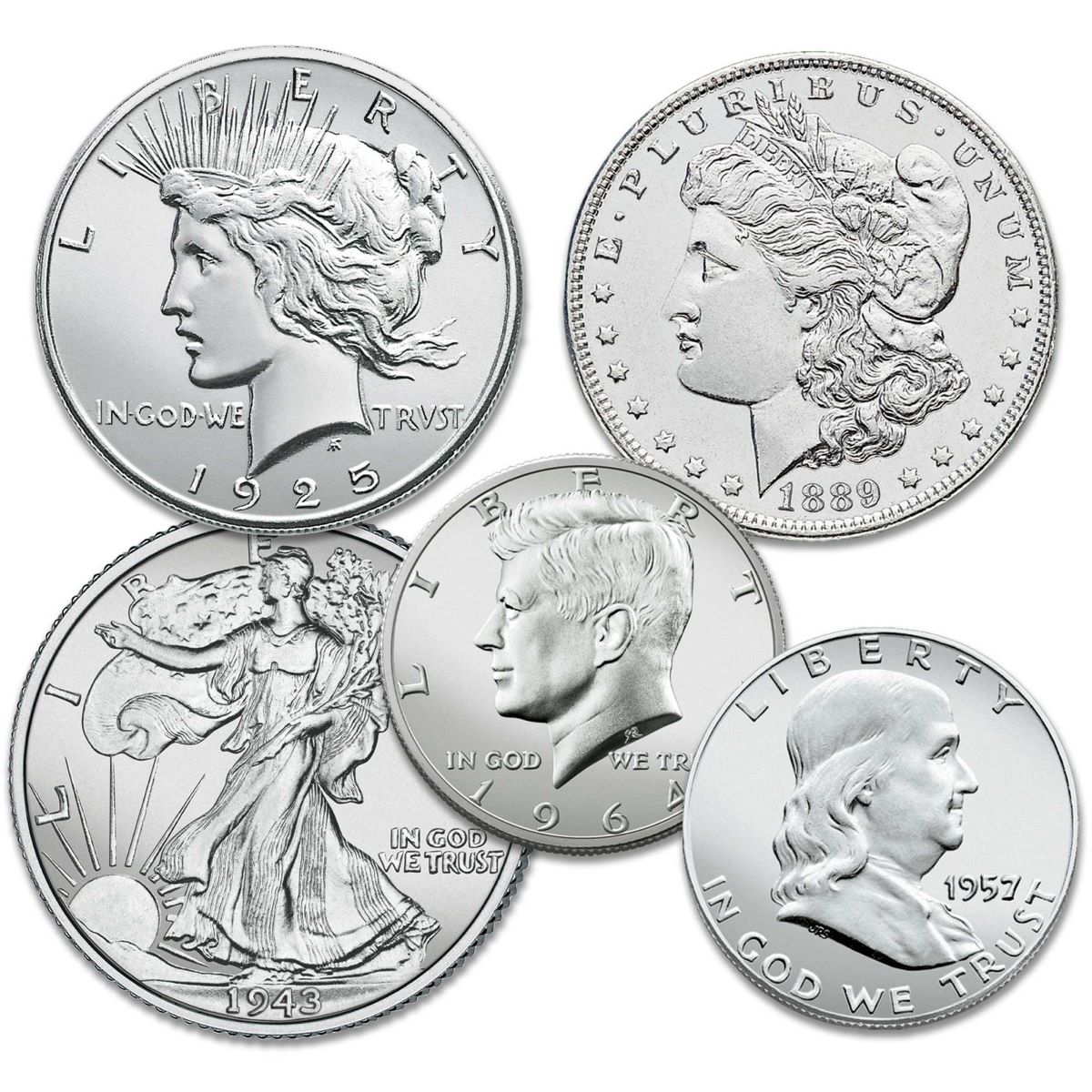

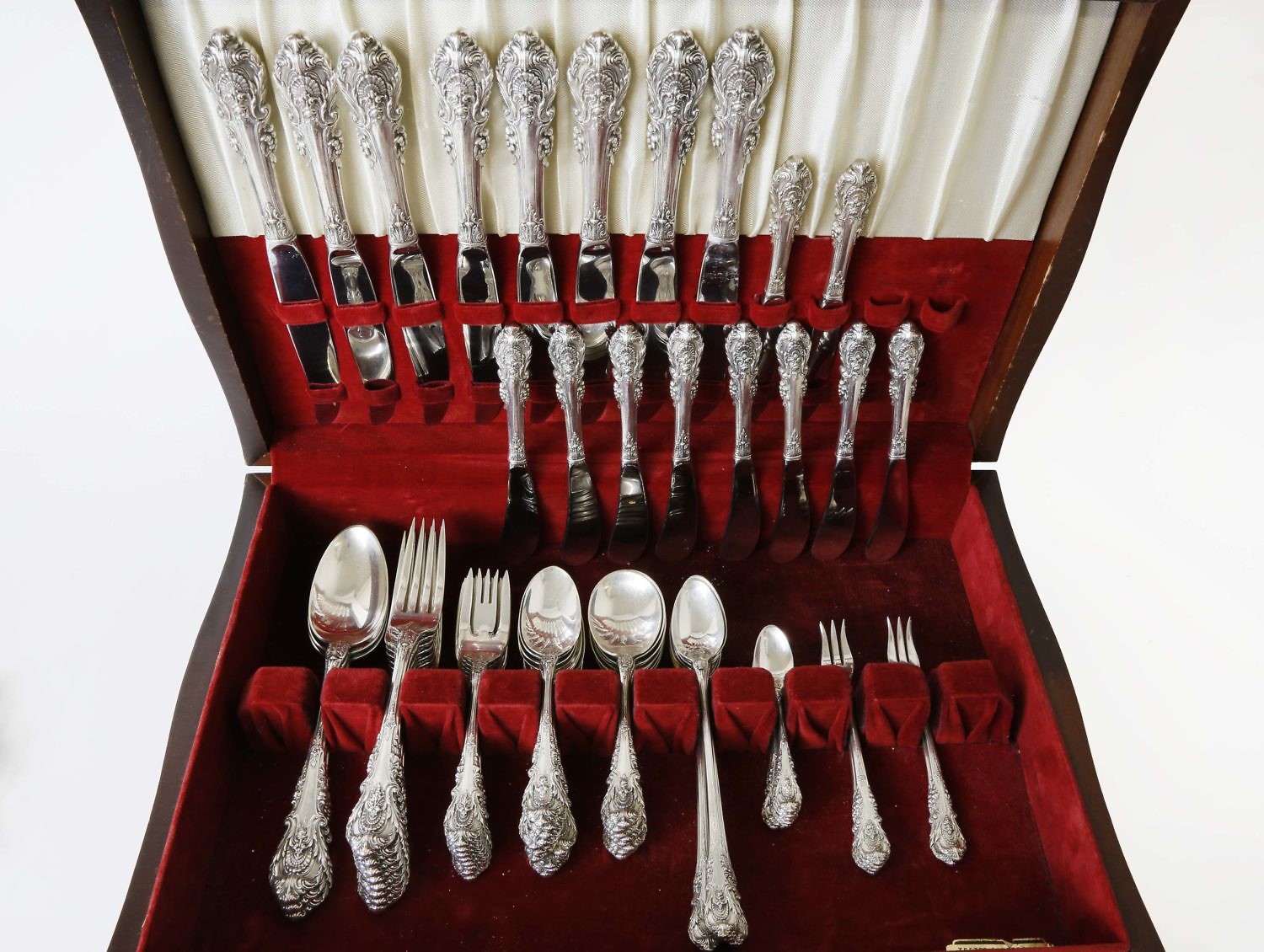
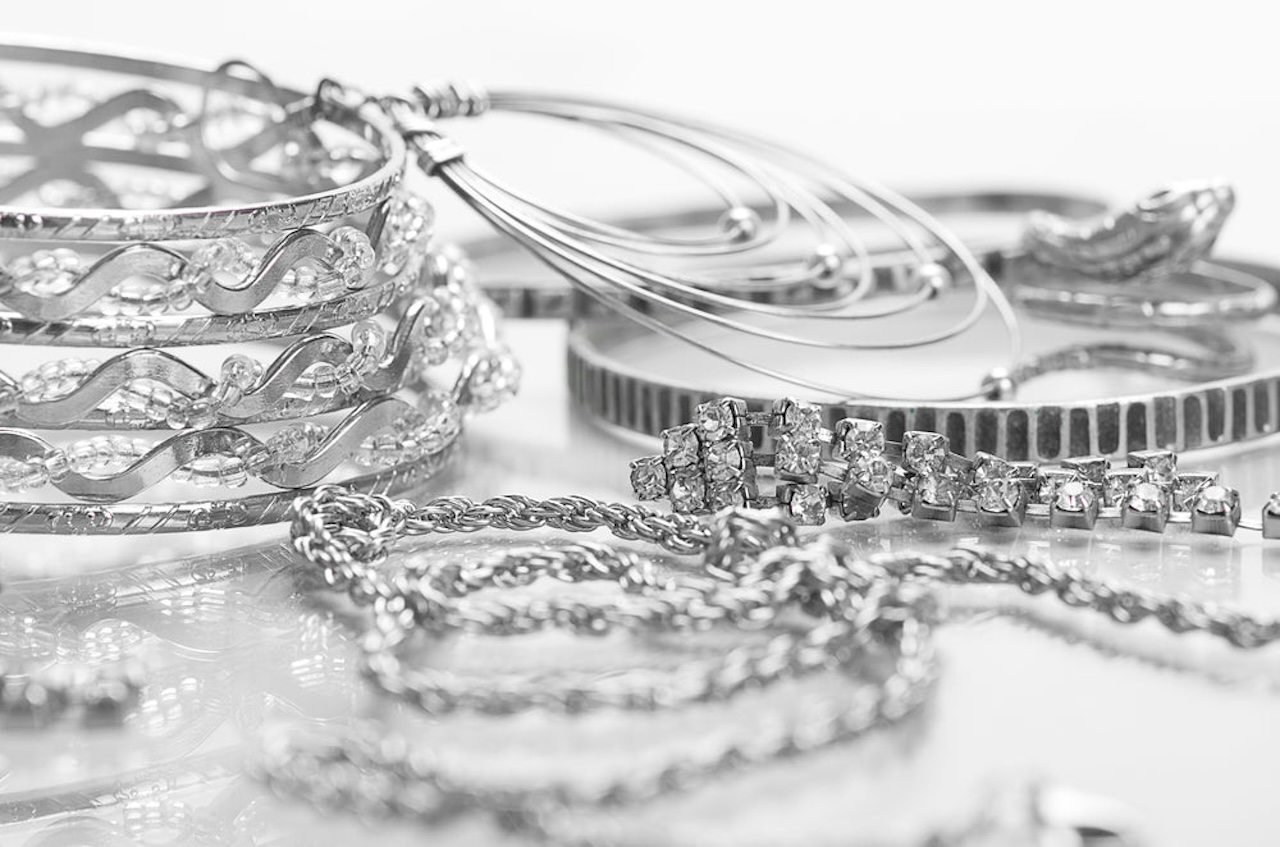
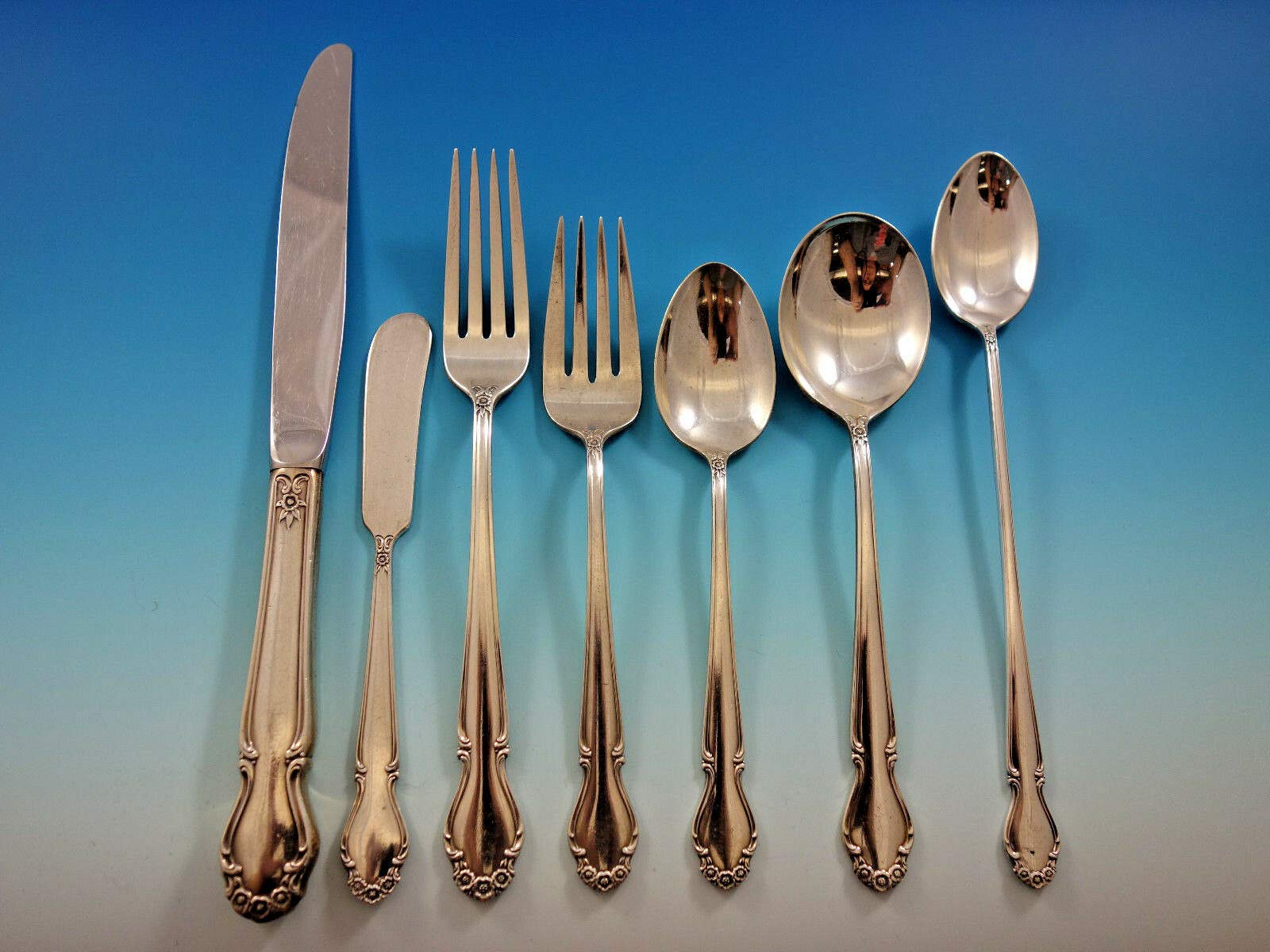
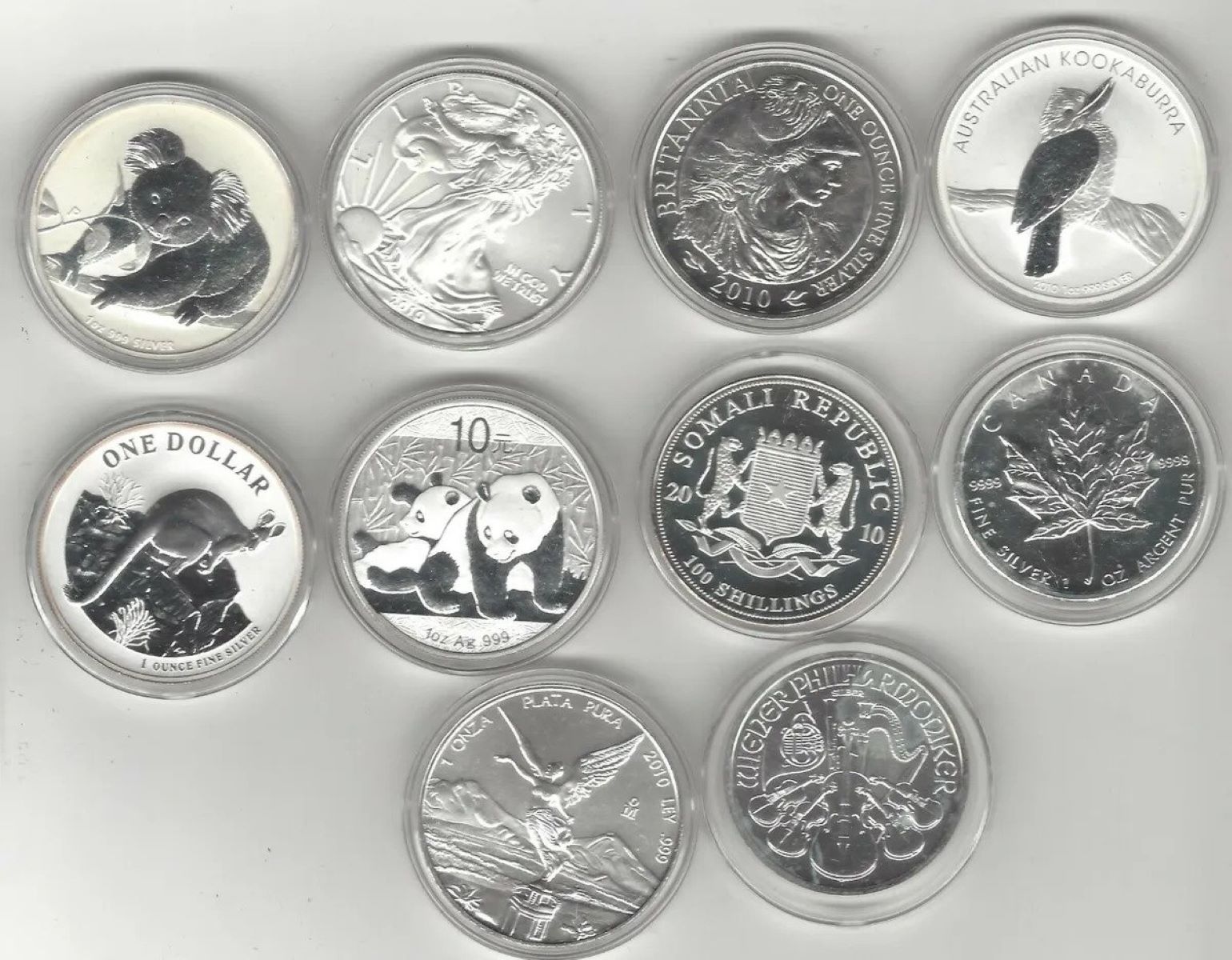
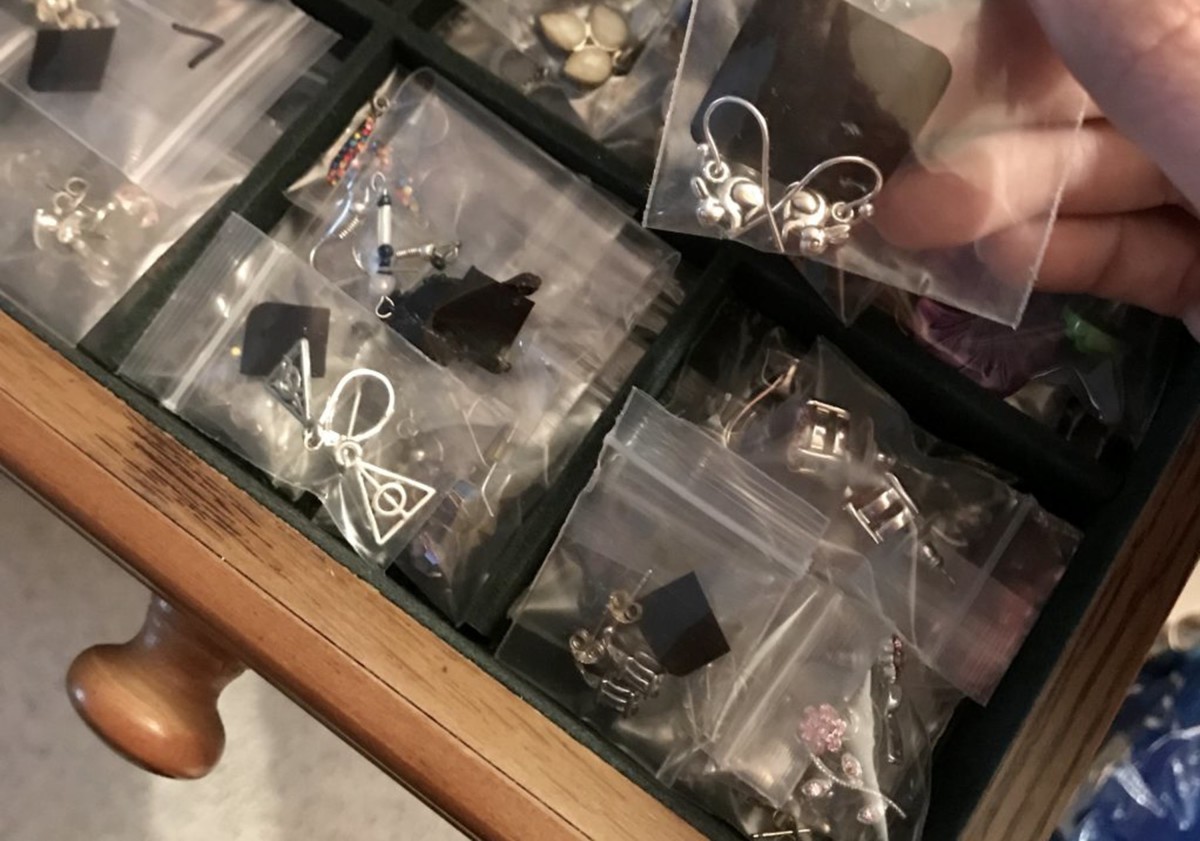
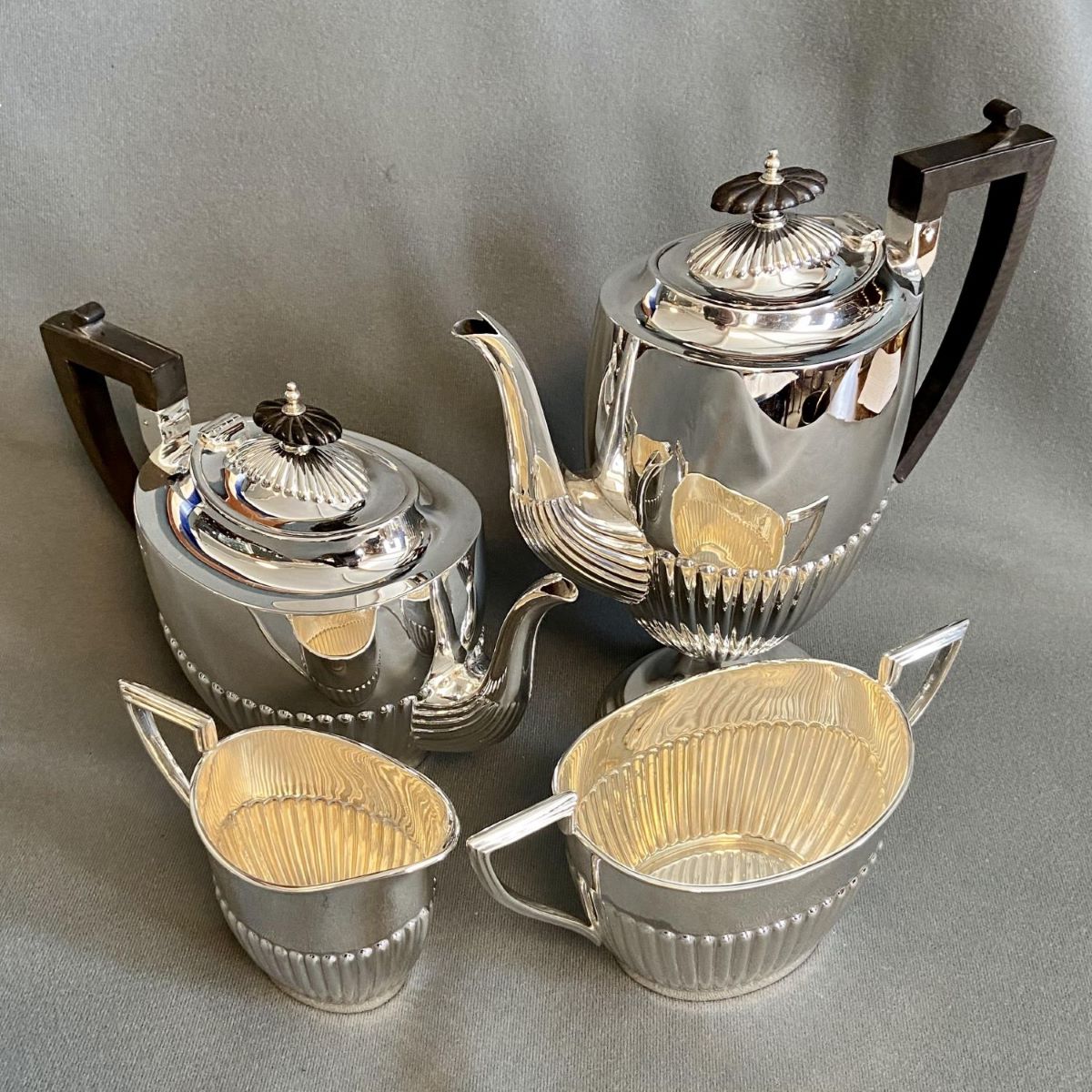
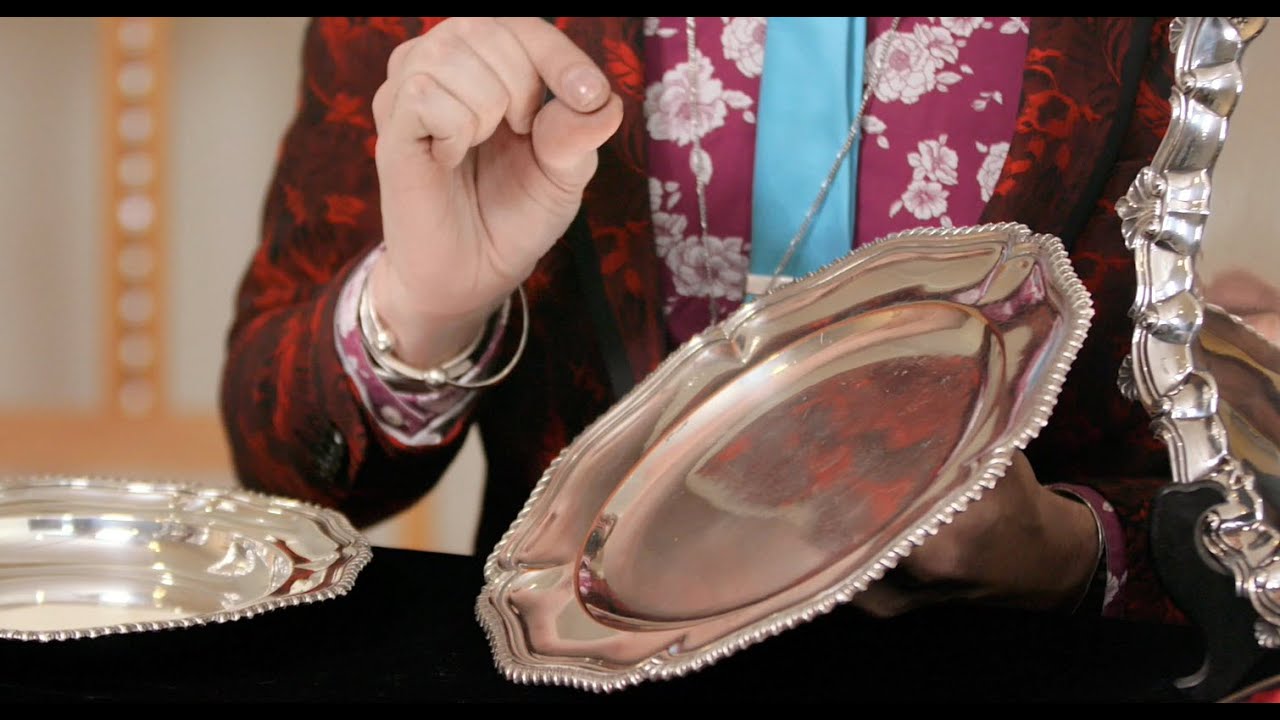
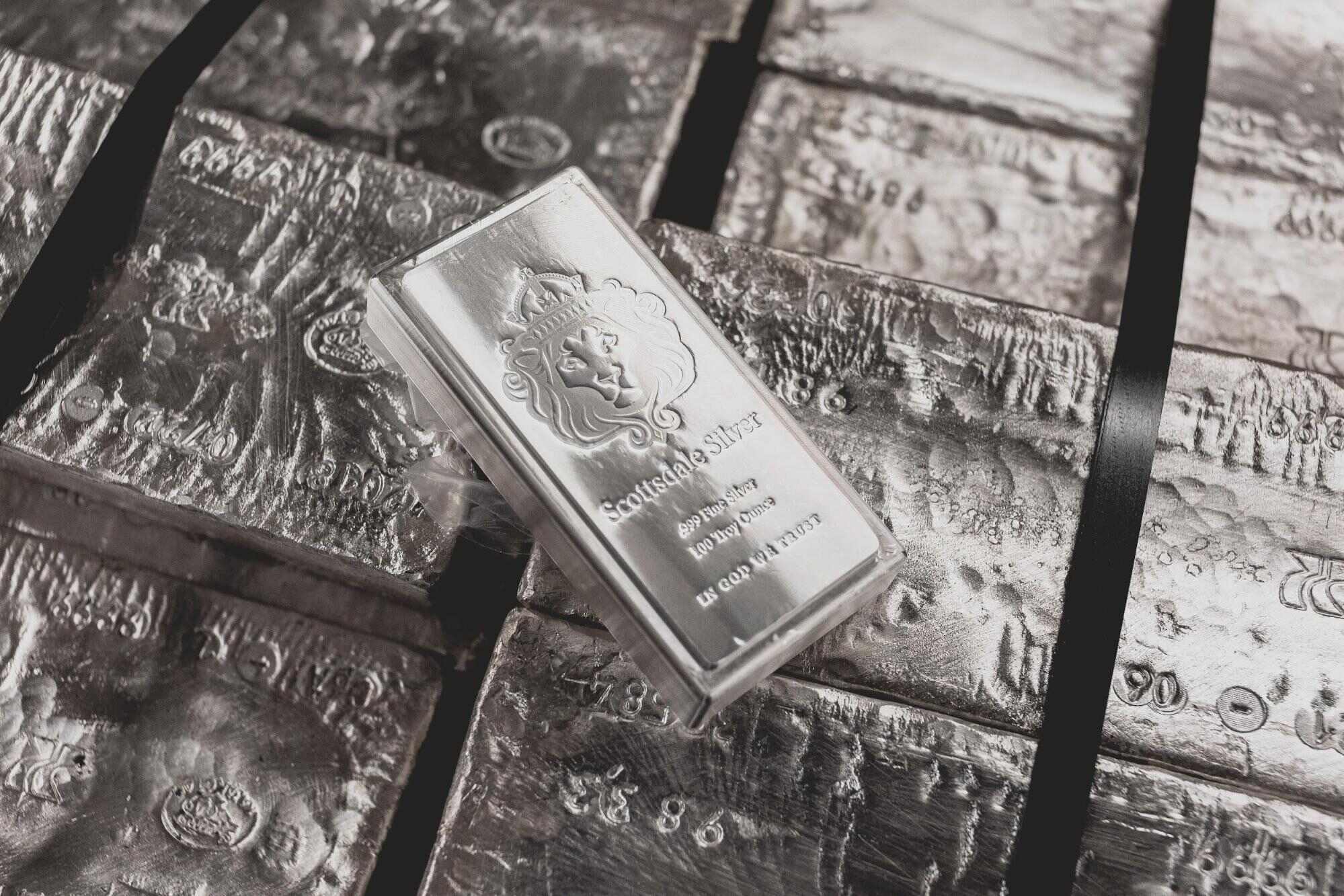
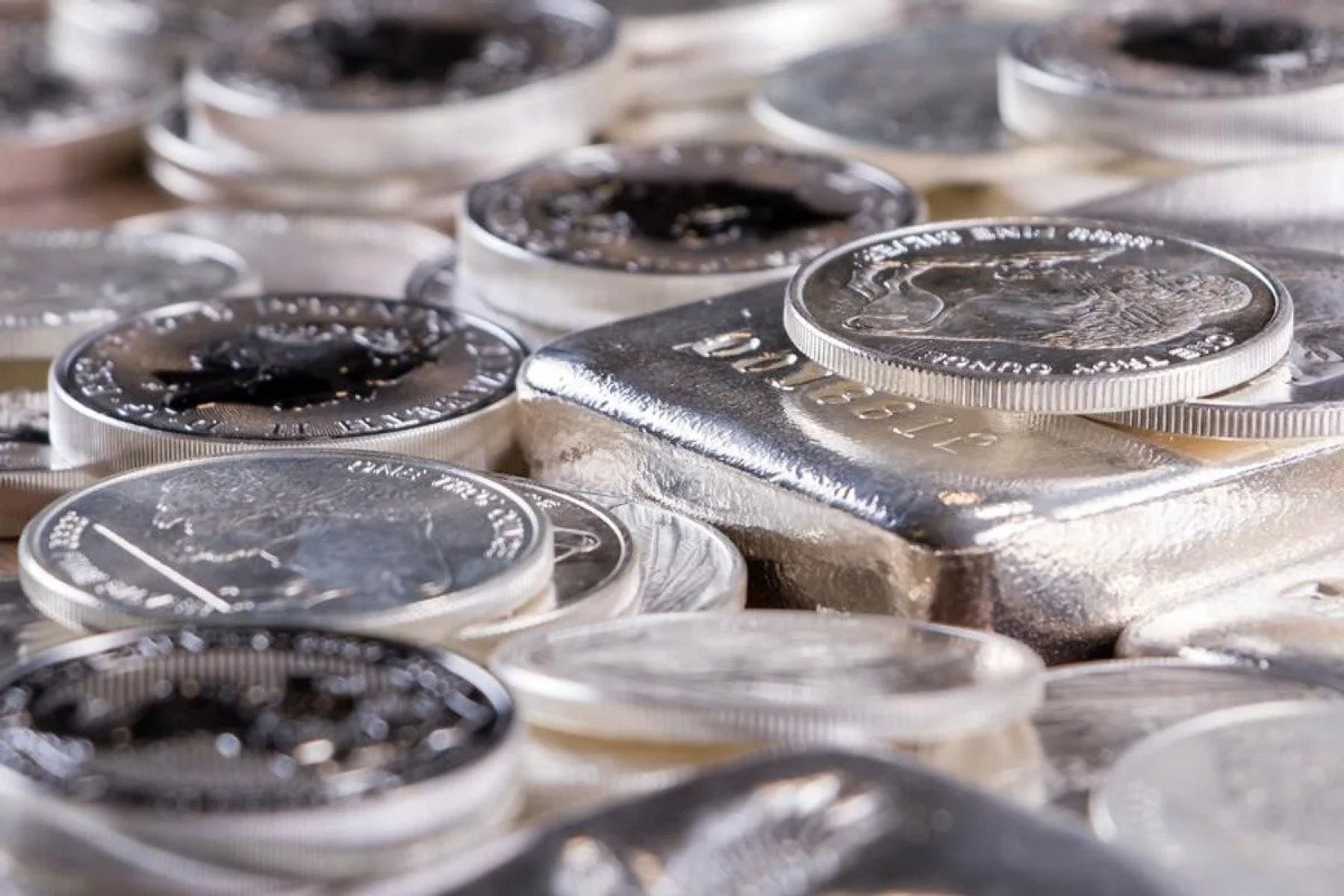

0 thoughts on “How To Store Silver”